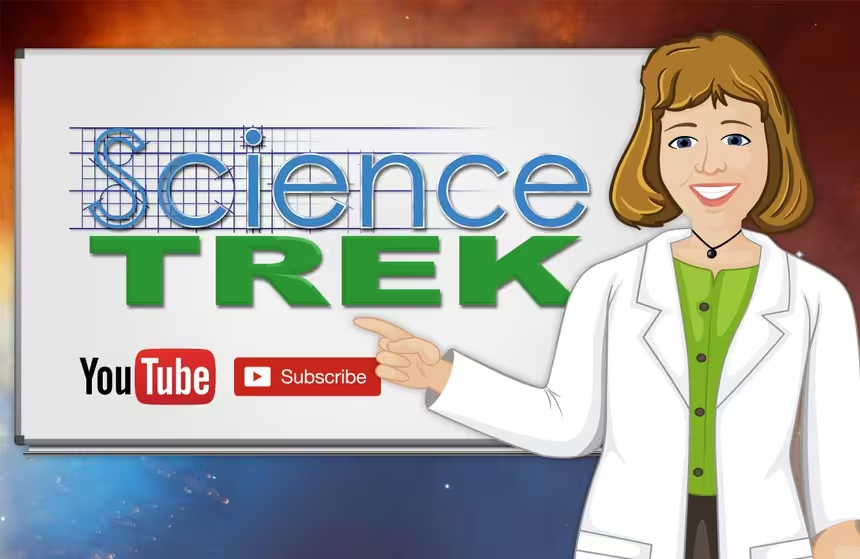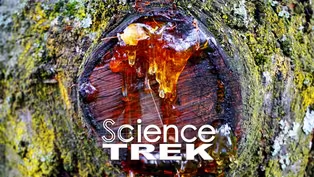
Forests: Forest Zones
Clip: Special | 1m 4sVideo has Closed Captions
What animals can you find in the understory?
Forests have different zones or layers: the forest floor, the understory, the canopy, and the emerging layer. Each layer can have a different climate and is home to a different set of animal and plant life. Find out more about forest zones.
Problems playing video? | Closed Captioning Feedback
Problems playing video? | Closed Captioning Feedback
Science Trek is a local public television program presented by IdahoPTV
Major Funding by the Laura Moore Cunningham Foundation and the Idaho National Laboratory. Additional Funding by Sparklight, the Friends of Idaho Public Television and the Corporation for Public Broadcasting.

Forests: Forest Zones
Clip: Special | 1m 4sVideo has Closed Captions
Forests have different zones or layers: the forest floor, the understory, the canopy, and the emerging layer. Each layer can have a different climate and is home to a different set of animal and plant life. Find out more about forest zones.
Problems playing video? | Closed Captioning Feedback
How to Watch Science Trek
Science Trek is available to stream on pbs.org and the free PBS App, available on iPhone, Apple TV, Android TV, Android smartphones, Amazon Fire TV, Amazon Fire Tablet, Roku, Samsung Smart TV, and Vizio.

Science Trek
Science Trek is a place where parents, kids, and educators can watch short, educational videos on a variety of science topics. Every Monday Science Trek releases a new video that introduces children to math, science, technology, engineering, and math (STEM) career potentials in a fun, informative way.(SCIENCE TREK MUSIC) JOAN CARTAN-HANSEN, HOST: To understand a forest, you need to look at its layers or zones.
At the bottom is the first zone, the forest floor.
It's where de-composition takes place, making the soil rich for plants to grow.
It's where most animals and insects live.
And the stuff you find on the floor.
it has a name.
It's called duff.
Next, is the understory.
That's the area where small bushes, plants and saplings live.
In rainforests, it tends be darker and more humid than the area above.
Flowers here tend to be brighter to attract pollinators.
And it's a good place for reptiles to live.
The next zone is called the canopy.
It's at, what's called, the crown of the trees, where the tops of the branches can intertwine.
The canopy can block out as much as 95 percent of available light.
Many creatures spend much of their lives just living in the canopy.
In rain forests, there's a fourth zone called the emergent layer.
Here a few tall trees stick out above the canopy.
And because they get so much sun, the leaves in this zone may be small and waxy to survive in hot weather.
For more information about forests, check out the Science Trek website.
You'll find it at ScienceTrek.org.
Video has Closed Captions
Clip: Special | 1m 4s | Learn how trees defend themselves. (1m 4s)
Providing Support for PBS.org
Learn Moreabout PBS online sponsorship
- Science and Nature

Explore scientific discoveries on television's most acclaimed science documentary series.

- Science and Nature

Capturing the splendor of the natural world, from the African plains to the Antarctic ice.












Support for PBS provided by:
Science Trek is a local public television program presented by IdahoPTV
Major Funding by the Laura Moore Cunningham Foundation and the Idaho National Laboratory. Additional Funding by Sparklight, the Friends of Idaho Public Television and the Corporation for Public Broadcasting.
